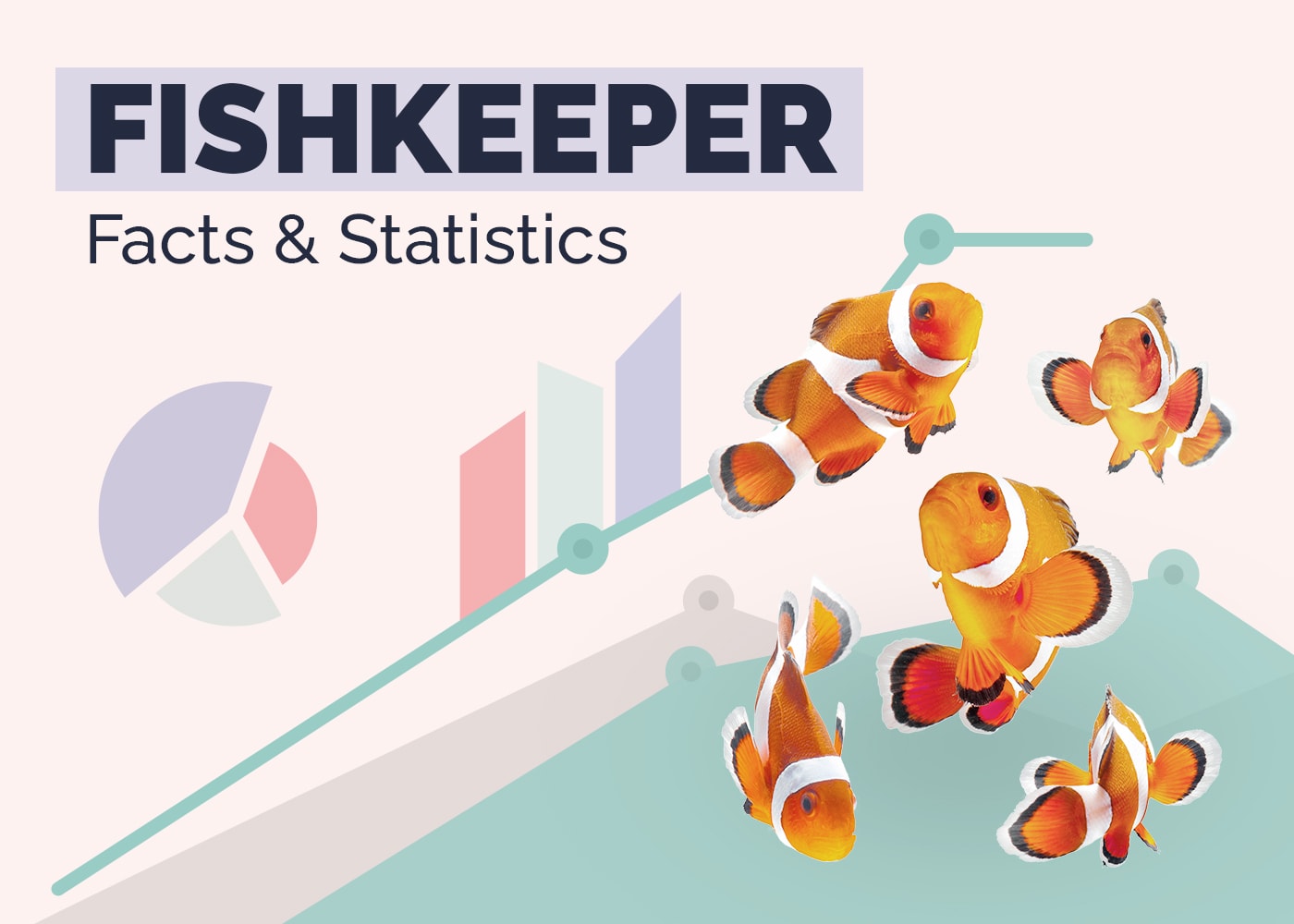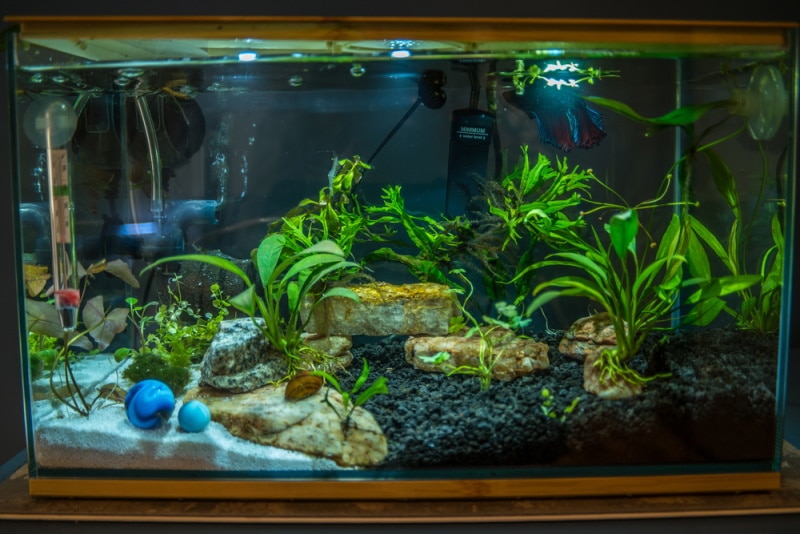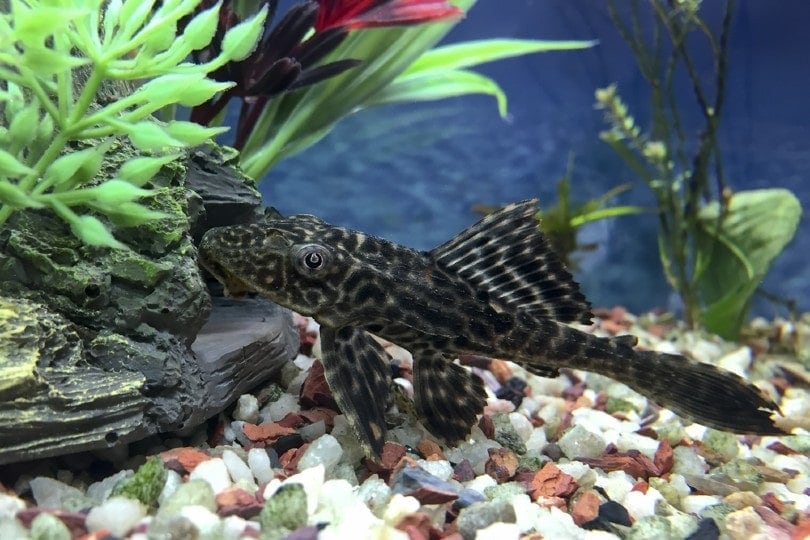Is My Cichlid Pregnant or Bloated? Vet-Reviewed Tips to Tell the Difference

Updated on
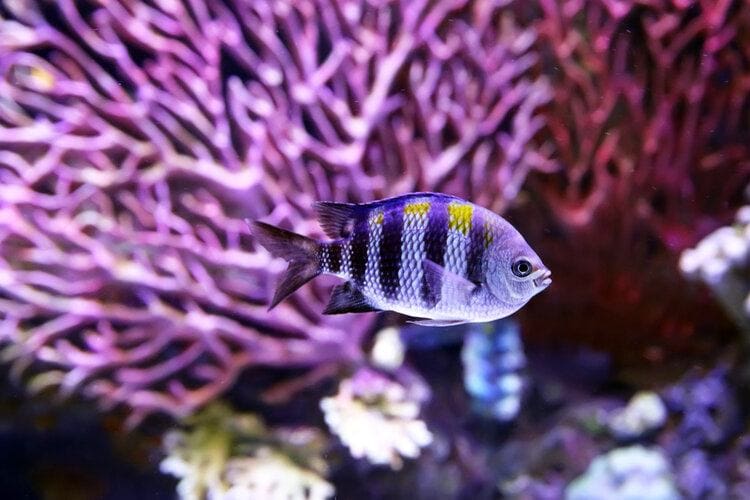
If you have Cichlids in your aquarium, especially if you have males and females, chances are pretty good that they will mate at some point. However, Cichlids are known for getting bloated and for suffering from more serious bloating illnesses. So, is my Cichlid pregnant or bloated?
There are a number of ways to tell if a Cichlid is pregnant or bloated. You can tell by the way they swim, their appetite, their behavior, and how the males behave. It’s also important to know the difference between mouth brooders and substrate brooders, something we will touch on below.
Is My Cichlid Pregnant or Bloated?
There is such a thing as Cichlid bloat, a condition where Cichlids get, well, bloated. It’s fairly common and chances are that if you have a Cichlid, it might get bloated at some point in time. The reason why this is so important to be able to tell apart is that Cichlid Bloat is deadly, and if left untreated, it will result in death. African Cichlids often suffer from something called “Malawi Bloat”.
That said if your Cichlid looks bloated, and it is a female, you might think that it is pregnant or carrying eggs. This can of course also be the case. So, how do you tell if your Cichlid is pregnant or just bloated? A big belly alone is not enough to figure out if your Cichlid is just bloated or pregnant, so these other factors we are about to discuss are ones you need to keep an eye out for.
Bloated
First let’s take a look at some of the factors which indicate that your Cichlid is simply bloated, not pregnant.
1. Lack of Appetite
One of the most common signs that a Cichlid is simply bloated or if it is suffering from Cichlid bloat is if it loses its appetite. Bloated fish don’t feel well, just like if you were bloated. If your stomach is bloated and not feeling well, you probably aren’t going to eat very much, and the same goes for your Cichlid too.
2. Faster Breathing
Bloated fish, especially Cichlids suffering from Cichlid bloat, will start breathing much faster than they normally do. An increased respiratory rate is often an indication of illness in fish, if not always. A pregnant Cichlid usually won’t breathe faster, but an ill and bloated Cichlid will. Of course, this means that you need to know how fast your Cichlid usually breathes.
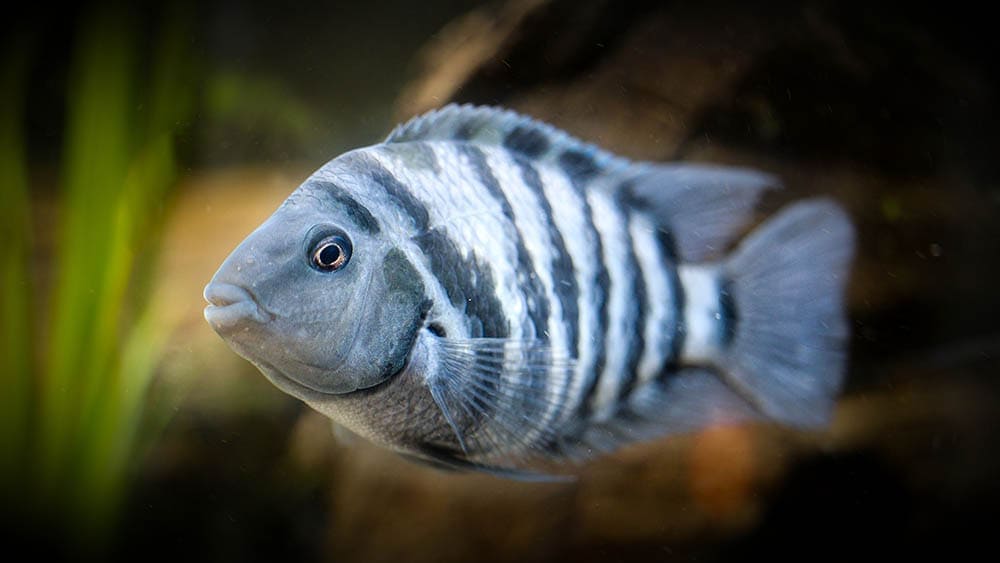
3. The Waste
Something else which can indicate that a Cichlid is bloated or suffering from a serious bloat condition is if the waste or feces is white and comes out in long streaks. By now, you should know what your Cichlid’s number twos look like, and if they don’t look like they usually do, then you might have a problem. Discolored and stringy excrement is a sign of illness or bloating. A pregnant Cichlid, while she may produce excessive waste due to eating more food, the feces should look normal.
4. Reclusiveness & Lingering
Another sign that your Cichlid is bloated or suffering from something more serious like Malawi bloat is if the fish becomes reclusive. Cichlids aren’t really known for hiding, so if it starts hiding and becomes a hermit, it’s an indication that something is wrong. At the same time, if the Cichlid starts floating near the top or bottom of the tank without much movement, this is another indication of bloating and illness.
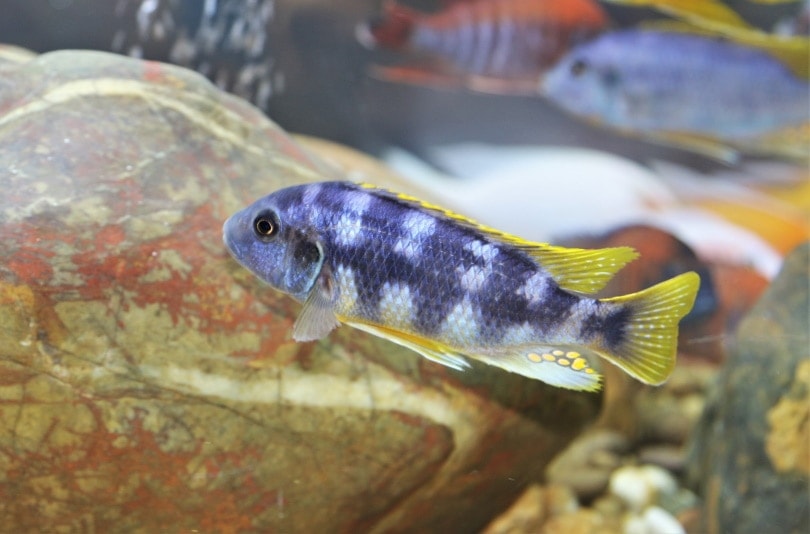
5. Red Marks
The other sign that your Cichlid is suffering from a more serious bloat condition is if you see red marks or ulcers around the anus and on the skin. This is a sign that will appear in the later stages of a serious Cichlid bloat disease and is an indication that the disease has progressed to the point where it is beginning to destroy the internal organs of the fish.
Pregnant
Now, let’s take a look at some of the top indications that your Cichlid is not bloated, but actually pregnant or carrying eggs.
1. A Healthy Appetite (With Eggs in Her Body)
A pregnant female Cichlid that is carrying eggs is going to be hungry. If she is pregnant, she will keep eating at the same pace she has been the whole time. More than likely, the pregnant Cichlid will start consuming more food than usual, which she needs for energy to carry the eggs and more. However, keep in mind that this only applies to the Cichlids while she still has her eggs inside of her body. We will have to take a closer look at mouth-brooding Cichlids to figure this all out.
2. Coloration
Another indication that your Cichlid is pregnant is if her colors start to lighten and brighten. Lighter and brighter colors are usually a pretty solid indication of pregnancy. On the other hand, if the female Cichlid becomes much paler and whiter in color, chances are she is sick.
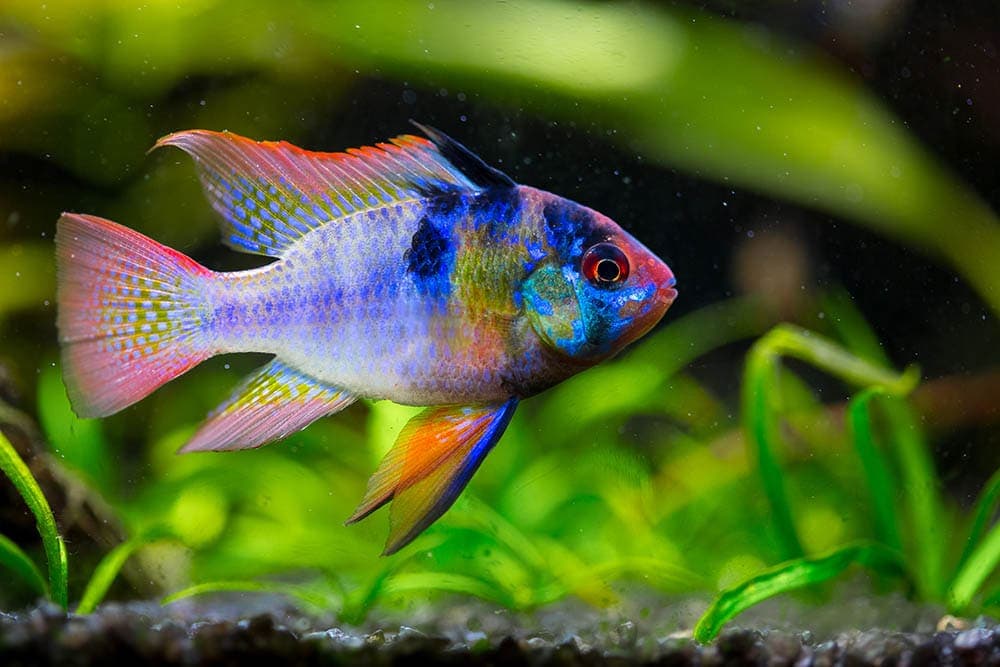
3. Slower Movement
When your Cichlid is bloated, they tend to become reclusive and more or less float in one spot, but when they are pregnant, they may just move a bit slower. When your Cichlid is pregnant, although she will not move as fast as she usually would, she should not become reclusive or virtually motionless.
4. How the Male Cichlids Behave
One of the biggest indications that your female Cichlid is pregnant is how the males behave. If the males become far more active and start chasing the females around, it’s a pretty clear indication that she is pregnant and ready to lay eggs. At the same time, if you have multiple male Cichlids in the tank, the males will usually become more aggressive and territorial towards each other.
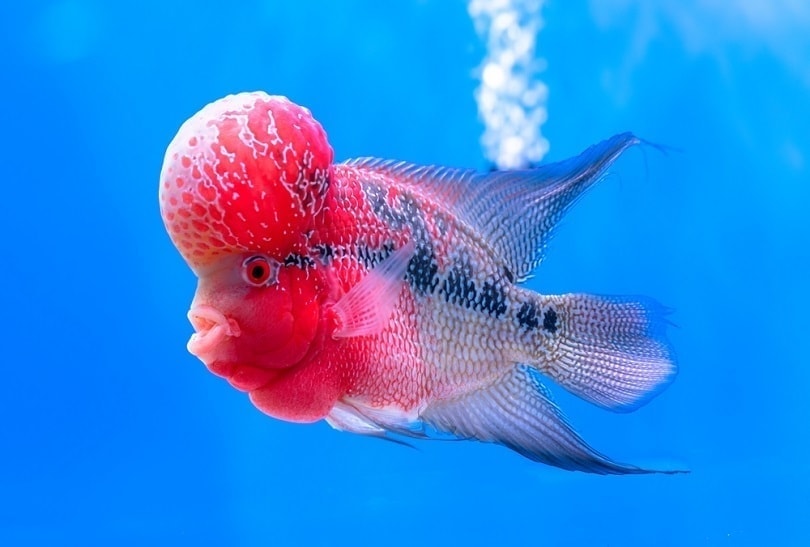
Conclusion
As you can see, if you know what to look for, figuring out whether your Cichlid is bloated or pregnant is not very hard. Pay attention to the telltale signs, and if you spot them, be sure to get ready for the arrival of some lively Cichlid fry!
Featured Image Credit: ArtEvent ET, Shutterstock




